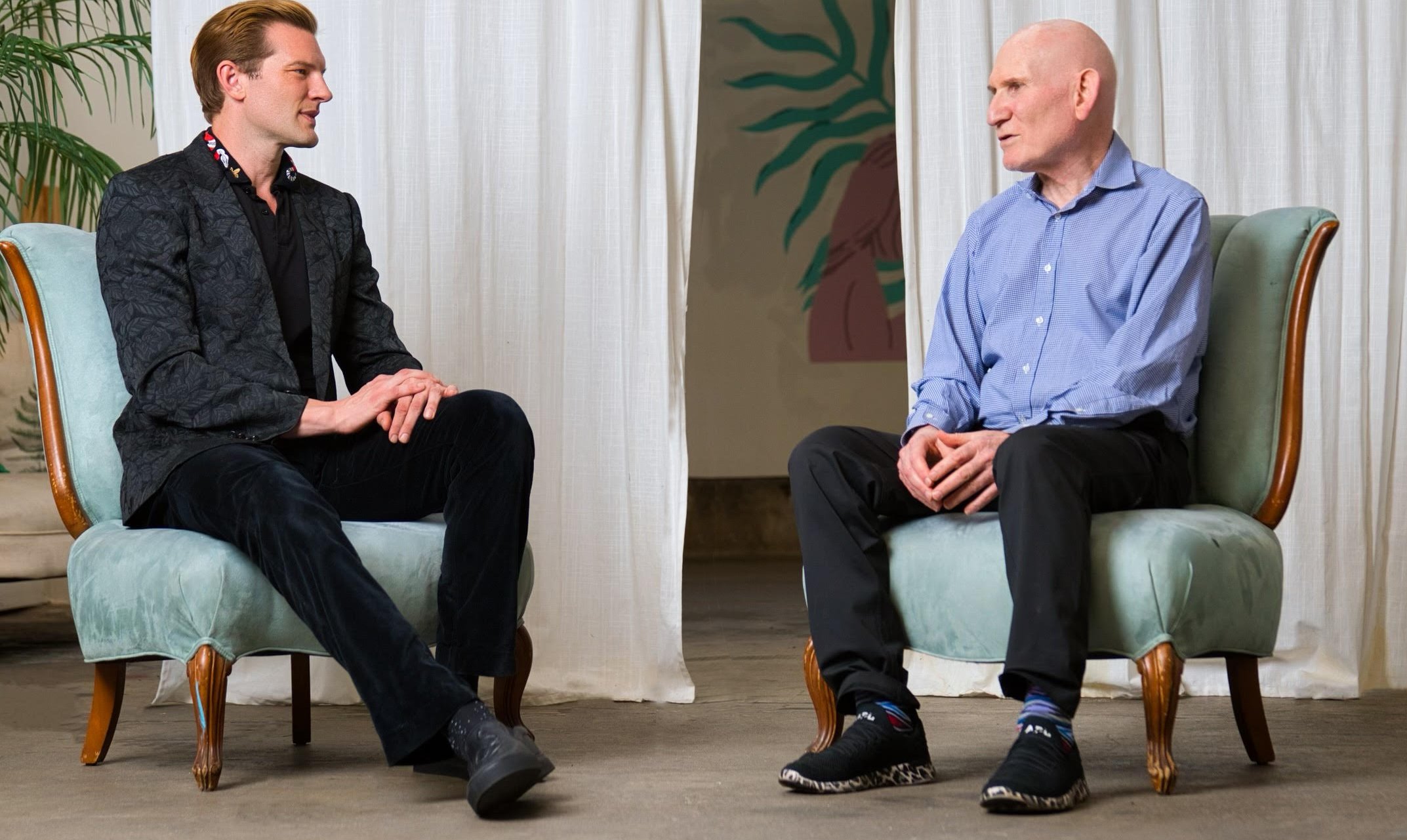LANCE CHANG: RÊVES DE BALLET
By Peter Frank
More than most art forms, the art of the ballet, steeped in a highly formalized tradition of almost ritualistic storytelling, resists personalized interpretation and eccentric reformulation. Renegade radicals like Sergei Diaghilev and Isadora Duncan may have advanced boundary-shattering approaches, but rather than enter the balletic mainstream these inventions engendered a whole new, parallel category, modern dance. To this day, the ballet per se comprises a procession of gestures and costumes unchanged from Petipa’s day.
Such an orthodox mode of performance, when regarded from the vantage of another art, invites a peculiarly intense reinterpretation -- certainly of the kind Lance Chang proffers in his painterly, metamorphic photographs. In Chang’s fluid, even molten images, the ballerina -- as often as not solo, as if dreaming the experience – fuses with her environment. That environment seems itself alive, organic, breathing and heaving with the efforts of the dancer at once to escape and to fuse with it.
In Chang’s charged apparitions, the dancer, as W. B. Yeats would have it, has become one with the dance. So has the landscape. So has your perception. These are no mere documents of performance, nor even choreographic interpretations; they are fever dreams that unlock the transformative power of ballet, exposing the carnal, epicurean, erotic force that drives all dance and which ballet seeks to harness – but not tame. The camera art of Lance Chang unleashes emotion behind the motion, sensation that has waited in the wings for liberation.
Peter Frank, International art critic, curator and poet
Los Angeles
April 2023




